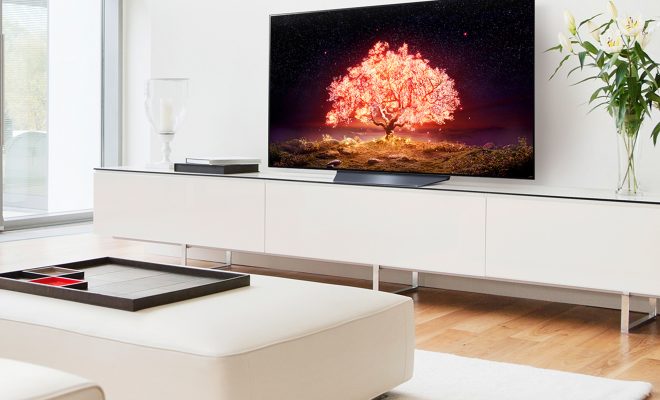Is It Worth Buying an OLED TV? Pros and Cons to Consider

OLED (Organic Light Emitting Diode) TVs have been gaining popularity lately due to their numerous advantages over other types of TVs. But is it worth spending a fortune on an OLED TV? In this article, we will discuss the pros and cons of OLED TVs to help you make an informed decision.
Pros:
1. Better Picture Quality: OLED TVs offer an unmatched picture quality due to their ability to display true blacks and vibrant colors. Unlike LED TVs, OLED TVs emit light from each individual pixel, resulting in a better contrast ratio and infinite color gamut.
2. Wide Viewing Angles: OLED TVs have a wider viewing angle compared to other types of TVs, meaning that you can enjoy the same picture quality from any angle in the room.
3. Slim Profile: OLED TVs are incredibly thin and lightweight, making them easy to wall-mount and giving them a sleek appearance.
4. Energy-Efficient: OLED TVs consume less power than other types of TVs due to their self-illuminating pixels, which require less energy to produce a brighter image.
5. Long Lifespan: OLED TVs have a longer lifespan compared to other types of TVs, with some models lasting up to 100,000 hours.
Cons:
1. Expensive: OLED TVs are still relatively expensive compared to other types of TVs, with some models costing over $3,000.
2. Burn-In: OLED TVs are prone to burn-in, which occurs when a static image is displayed for a prolonged period, causing the pixels to become permanently burned in.
3. Limited Screen Sizes: OLED TVs are only available in certain screen sizes, with the largest being around 85 inches.
4. Limited Brightness: OLED TVs are not as bright as LED TVs, which may be a problem for some users in bright environments.
5. Limited Content: Despite being around for over a decade, there is still limited content available in 4K/UHD resolution, which is what most OLED TVs are capable of.






